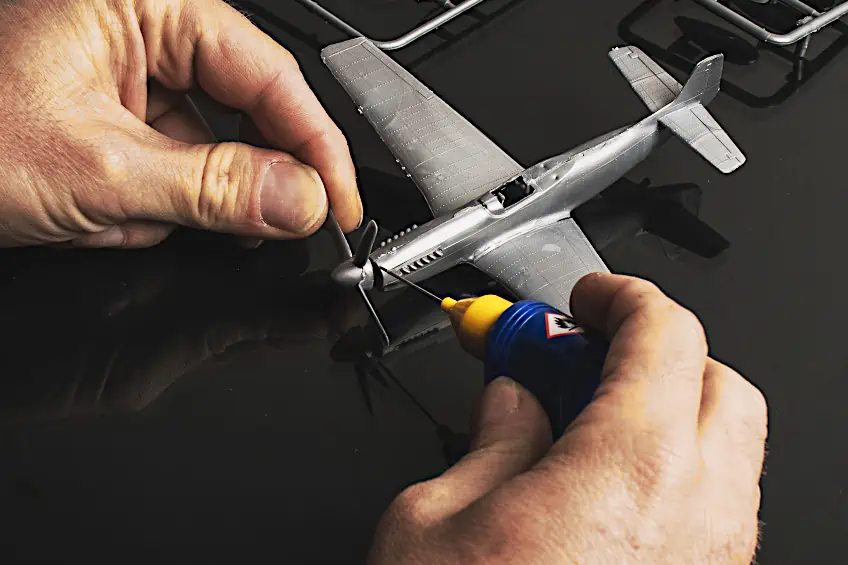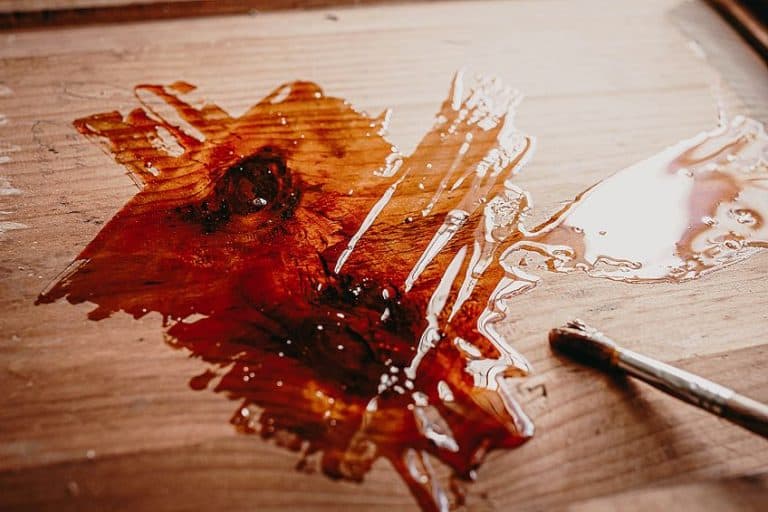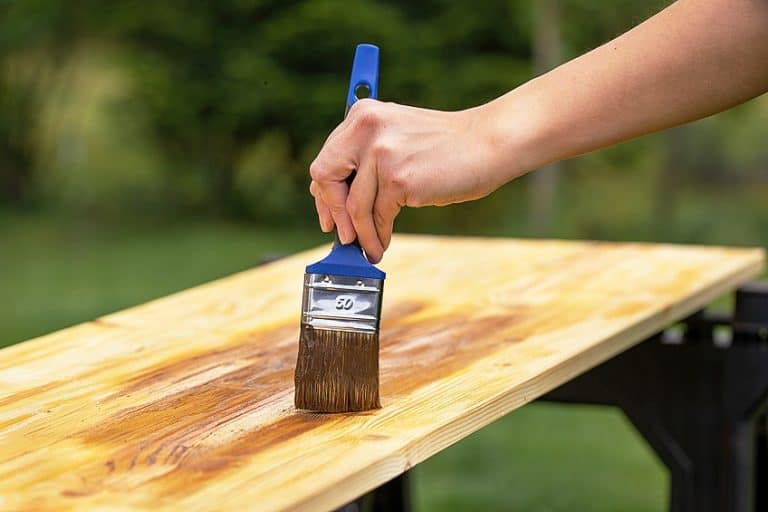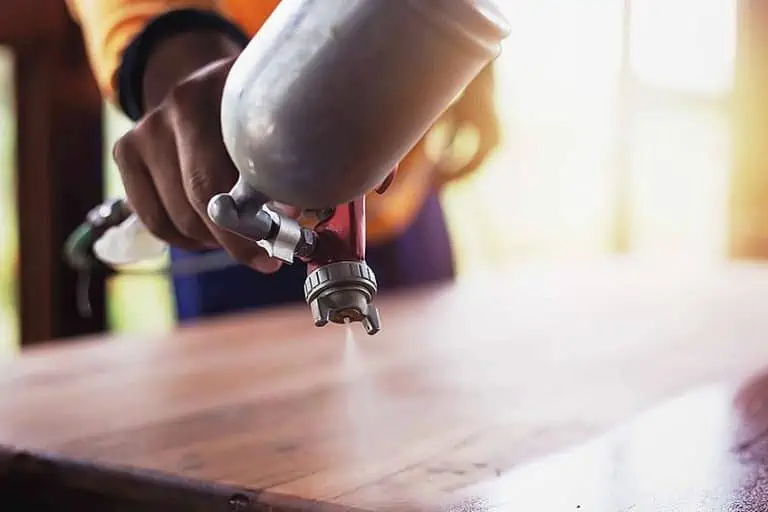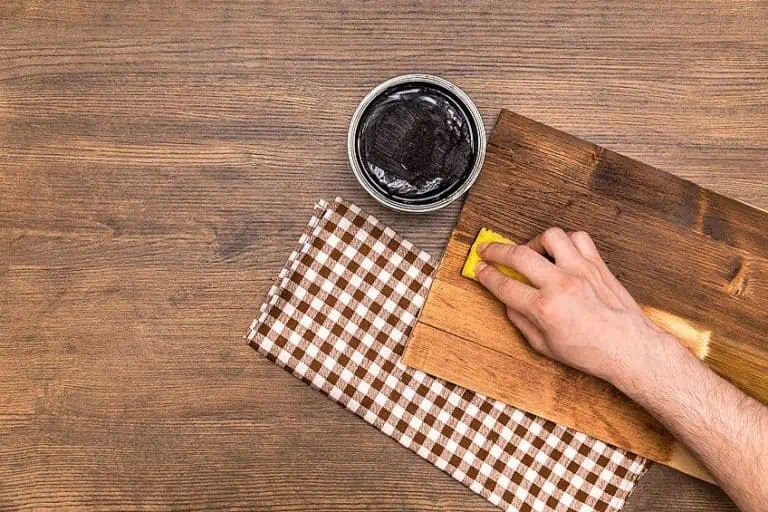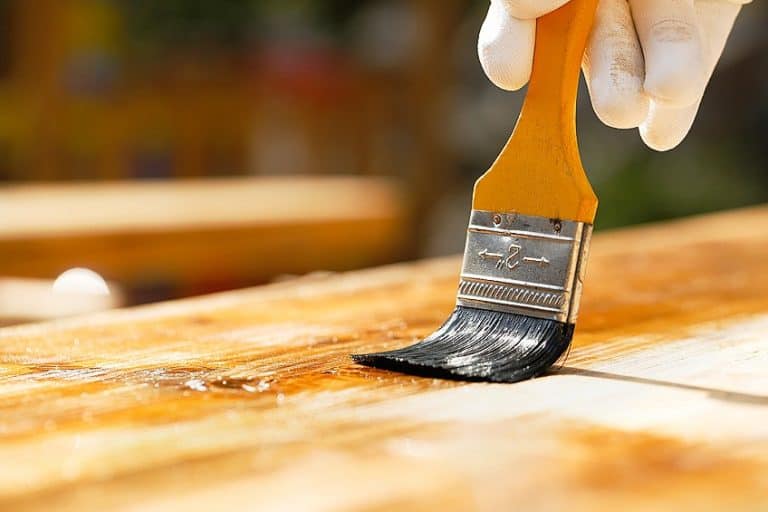What Is CA Glue? – Complete Guide to Superglue
Have you ever wondered about superglue and what it is made of? Well, there is a lot more to it than meets the eye, and its primary compound, cyanoacrylate. This fast-acting adhesive has made its way into many homes, workshops, and business sectors as a trusted product that gets the job done. Below, we have taken the liberty of providing you with everything that you would need to know to help you understand what CA glue is and more!
Table of Contents
A Brief History of CA Glue
The B.F. Goodrich Company submitted the first patent for cyanoacrylate in 1947 as a result of an investigation for materials appropriate for transparent plastic gun optics for military use. In 1942, a group of scientists under the direction of Harry Coover Jr. discovered a formula that adhered to anything it came into contact with.

The team soon rejected the material for wartime use, but Coover with a colleague, Fred Joyner, revisited cyanoacrylates in 1951 while employed as researchers for Eastman Kodak. The two grasped the adhesive’s actual economic potential, and it was initially commercialized in 1958 as “Eastman #910”.
Cyanoacrylate was eventually sold to Loctite where it was further developed into a more powerful compound. However, the original 910 CA adhesive formula continues to be produced and sold by Permabond.
Importance of CA Glue in Various Industries
CA adhesive can be an incredibly useful option for assembling different products because of its instant curing, ease of use, and general resistance to solvents and other chemicals.
Because of its instant curing characteristic and incredible adhesive strength, CA glue has found its place in multiple industries that rely on quick assembly.
Since CA adhesive compounds can stick to nearly anything, they are quite useful and an important material in manufacturing.
What Is CA Glue?
Cyanoacrylate glue is an incredibly popular glue that is used for a variety of applications. This includes woodworking, arts and crafts, cosmetology, forensics, and a broad range of niche hobbies that require the assembly of different models and components.
Cyanoacrylate glue works by soaking into the pores of the surfaces to be bonded and then solidifying when exposed to moisture.
The time it takes to set varies, but it normally takes only a few seconds. Since it hardens so quickly, you must work quickly after applying the glue to position the surfaces you are connecting. Below, we have provided more information to help you to better understand the question: “what is cyanoacrylate glue?”.

Definition of CA Glue and Its Chemical Properties
Cyanoacrylate glue, which is what you have likely used around your home, is also known as ethyl 2-cyanoacrylate. It polymerizes quickly due to its conjugated unsaturated groups. It is made by combining ethyl 2-cyanoacetate with formaldehyde and then thermally decomposing the resultant polymer.
The active components in conventional superglues or quick-drying glues are ethyl 2-cyanoacrylate alongside other less prevalent 2-cyanoacrylate esters.
Some of these materials incorporate chemicals such as fumed silica to increase viscosity or rubber to increase impact resistance.
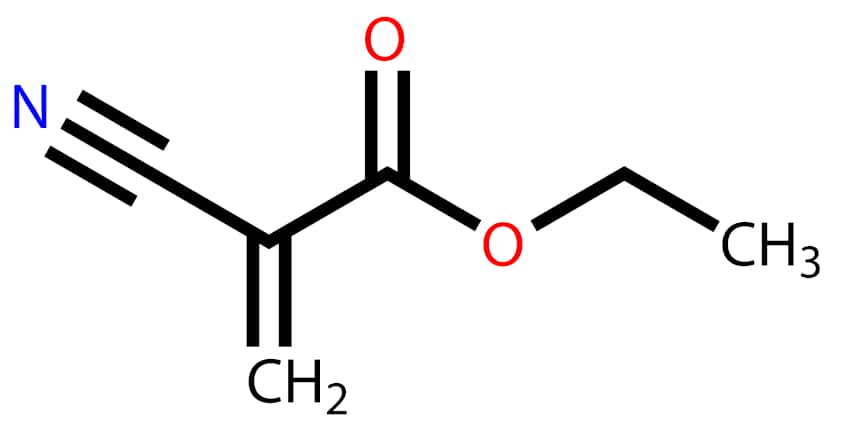
Types of CA Glue and Their Differences
There are a range of CA glue variations with the main types being ethyl 2-cyanoacrylate, methyl 2-cyanoacrylate, 2-octyl cyanoacrylate, and n-butyl cyanoacrylate. Methyl 2-cyanoacrylate is the less popular cousin of ethyl 2-cyanoacrylate, but it is usually used as a glue for metals and plastics whereas ethyl 2-cyanoacrylate creates stronger joints to flexible substrates.
2-Octyl cyanoacrylate and n-butyl cyanoacrylate can best be described as medical adhesives.
One of the most often utilized publicly accessible wound adhesives is 2-octyl cyanoacrylate. Current applications include any readily approximated surgical incision wound or thoroughly cleansed trauma lacerations in dry locations with little friction.

When it comes to bleeding, n-butyl 2-cyanoacrylate is the ideal choice as it is a tissue adhesive. When applied to a surgical wound, it instantly hardens and produces a strong link between the wound’s edges. This helps to reduce bleeding while also encouraging skin repair and closure.
CA Glue Viscosities
While you may have wondered, “what is CA glue” and what types there are, there are also several viscosities to choose from. Each viscosity has been formulated for a different purpose and some companies also offer them in assortment packs that allow you to test each one to find out what works best. These are as follows:
- Dark CA Glue: Dark CA glue sports a dark hue that is perfect for concealing flaws, filling dark gaps, as well as dealing with burl and spalted wood. Burls are growths that occur on trees, usually surrounding a bud that has not sprouted. Burls are valued for their distinct look and can be utilized in a variety of ways, including woodworking as well as carving.
- Gel CA Glue: Bonding porous and uneven surfaces, filling gaps, as well as attaching moldings to cabinets all benefit from gel CA wood glue.
- Thick CA Glue: Thick CA glue is ideal for swiftly putting together shop jigs and attaching miter joints like wood picture frames.
- Medium CA Glue: Medium CA glue is ideal for filling wood knots, and gluing pen tubes to blanks, in addition to applying to end grain to assist with avoiding splits.
- Thin CA Glue: Thin CA glue is great for fixing tiny flaws, such as hairline cracks, reattaching loose veneer edges, and inlay work. Veneer is a thin coating of wood that is attached to a base like plywood.
How CA Glue Differs from Other Types of Adhesives
Since we have already answered the question of “what is CA glue?”, it would help to understand how it differs from other adhesives. Most adhesives either operate by releasing moisture when applied to their target surface or require the addition of a catalyst for them to cure. Glues often harden by permitting the solvent in the formula to dissipate or by going through a thermic process with their respective catalysts.
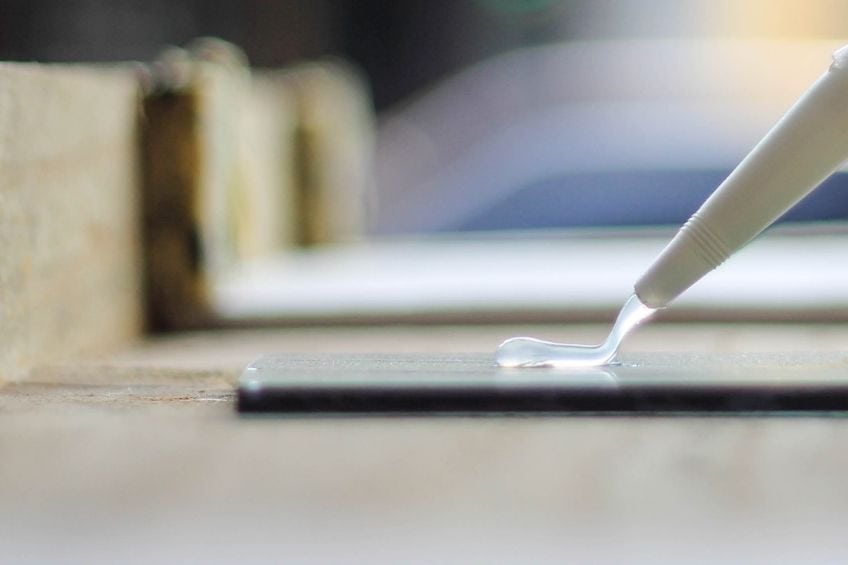
CA glue differs from each of these in a unique way. CA glue does not require its solvent to dissipate in order to solidify because it contains no solvent. CA glue additionally serves as a one-part adhesive, meaning it has no requirement to be blended with another substance to fully cure. CA glue also has a unique catalyst as far as adhesives are concerned.
Instead of combining another formula, the catalyst for this compound is usually found in the air.
The moisture that is generally found in the air allows this glue to cure once it has been applied to the surface. However, this presents a different type of problem, as you will end up with a completely cured bottle of CA glue if you forget to reapply the cap after use.
Uses of CA Glue
As you might expect, a substance as flexible and strong as CA glue has a wide range of applications. Several industries and individuals utilize this glue every day, so let’s take a closer look at how and where it is employed, as well as why it is the ideal tool for various applications.
Medical
We have briefly touched on the medical uses of CA glue, but you will be surprised to find how common it is. Even if a cut is not deadly, you may apply CA glue to cleanly seal it to keep it from becoming infected. If CA glue is not employed to heal wounds, there are several additional medical uses for it.

It can be used to glue and cover the inside joints of medical equipment, for example. It may also be used to secure one-time-use items such as catheters, face masks, needles, as well as cannulas. It may also be utilized in emergency care equipment such as resuscitation tubes, oxygenators, and blood transfusion filters. These do; however, require the application of medical-grade superglue.
Electronics
CA glue may also be used for electronic component repair or adhesion. How? Because CA glue is not an electrical conductor, you do not have to worry about your expensive electronics arcing or generally shorting out. This adhesive may be employed for securing insulated wire as well as to keep electrical device covers securely shut.

Another reason for the use of CA glue on electronic devices is that there are usually small clips that are used to house circuit boards or control boxes. However, these clips are often subjected to numerous heat cycles, especially with larger appliances, causing them to become brittle.
CA glue is a good substitute for these clips, which is often the reason your appliance or device has a strong odor when it returns from a repair store.
Woodwork
Because of the porosity of the material, CA glue for woodworking is extremely useful on solid wood surfaces. The glue penetrates the wood pores, catalyzes any moisture around, and forms a strong adhesion. CA glue is also effective on engineered wood surfaces such as wood veneer, MDF (medium-density fiberboard), and particle board.
When using CA glue for woodworking, you will be able to use it to repair broken pieces of wood and for small surface repairs.
While there is no specific CA wood glue, we would recommend that you use superglue as it is readily available and cost-effective compared to other CA glue variants. There are plenty of other uses for CA wood glue on various wood projects such as the following.
Assembling or Repairing Joints
CA glue is an excellent adhesive for putting together specialist joints. For example, box joints are made out of a set of connecting fingers that connect the ends of the board at a junction. Box joints are famously difficult to put together because you must apply glue to every finger and then rush to put the four corners together before the glue hardens.
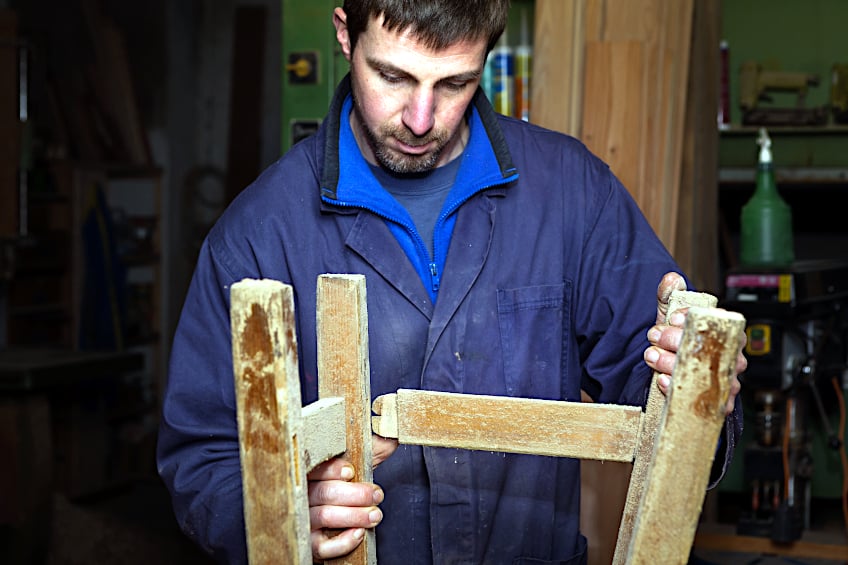
CA glue allows you to construct joints slowly. Instead, assemble the four corners first, then administer the CA glue to each joint, allowing it to penetrate into each of the fingers at the same time.
Filling Cracks and Knots
To fill in addition to stabilizing wood knots, CA glue can be used. CA glue can be used to plug these gaps and strengthen the knot.
Because the glue dries transparent, it is great for patching knots without affecting the look of your creation.
CA glue can also be used to fill other gaps, such as holes and fissures. Large gaps should be covered in stages, with each coat of glue drying before adding another.
Advantages and Disadvantages of Using CA Glue in Various Applications
There are several benefits to utilizing CA glue in your daily life, so we thought we would highlight a few of them that you might want to consider. Below is a table that provides you with all of the pros and cons of using CA glue.
- Does not need clamping for proper adhesion
- Can be used on a broad range of surfaces
- Durable and strong
- Cures and bonds quickly
- Has a short shelf life
- Can be expensive
- Irritates the eyes and skin
- Can be extremely difficult to remove from the skin
- Creates a brittle bond with low flexibility
Tips for Using CA Glue Effectively and Safely
There are a couple of things you can do to guarantee that the connection is exceptionally strong when just squeezing your CA glue out of the bottle onto your workpiece. Here are some steps you can take to create the strongest possible adhesion between your CA glue and the exterior of your workpiece the next time you need it.
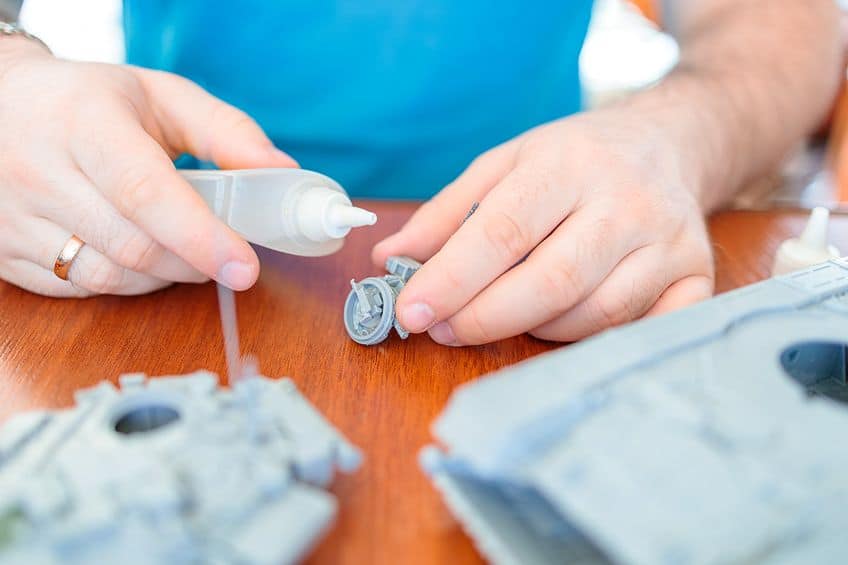
Scuff the Surface
When applying any glue, it is usually desirable to have as much friction on the surface as possible. Sand the outer layer of your workpiece lightly with medium-grit sandpaper, leaving it barely scuffed.
Clean the Surface
Preparing the surface of the workpiece is critical because once applied, the glue will cling to any dust, filth, and mold on the surface. You may either clean the surface with a cloth to eliminate any sanding dust or give the area a thorough once-over with a damp cloth.
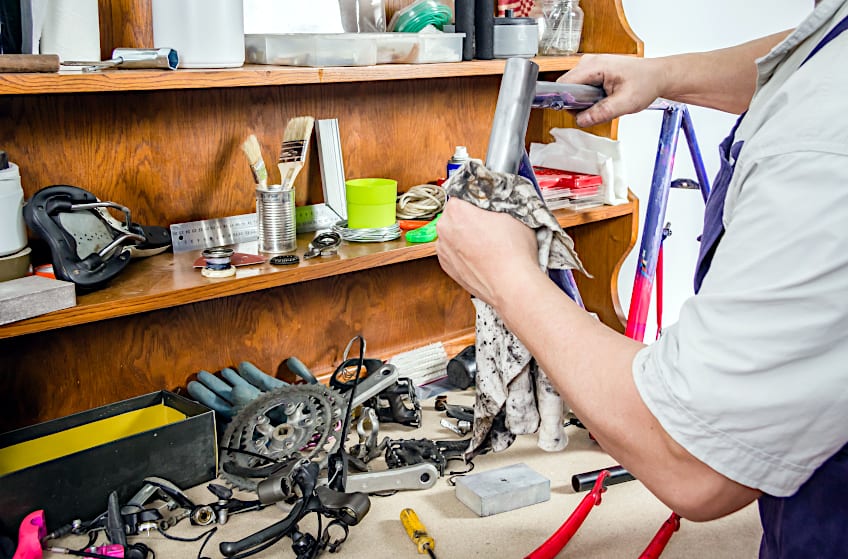
Apply the Glue
There is not much to prepare. All that remains is to apply the superglue. Remove the top from the CA glue tube then gently squeeze out the amount required both around the edges and in the middle of the contact area. Once applied, swiftly bring the second half of your workpiece into proximity to the target area and keep it there for the duration specified by the supplier.
Finally, remember to replace the CA glue tube cap to prevent its contents drying out.
Choosing the Right CA Glue for Your Needs
There are several varieties of CA glue available for a variety of uses, you may be asking how to select the best one for you. If you are, we have compiled a list of factors to consider while deciding between the several superglue varieties on the market today.
Factors to Consider When Selecting CA Glue
The restrictions of your CA glue will be determined by its strength. While all varieties are relatively robust, it is recommended to use a higher-strength glue if you intend to hang your workpiece or keep two pieces together forever.
Heavy-duty applications are frequently best served by intensive grade as well as rubber-toughened glue.
The time it takes for glue to cure is critical. While virtually all superglues dry rapidly, if the piece is used before the manufacturer’s recommended cure time, the bond may break, requiring you to redo the application procedure. The viscosity of any adhesive has a significant influence on how user-friendly the adhesive is in any particular situation.
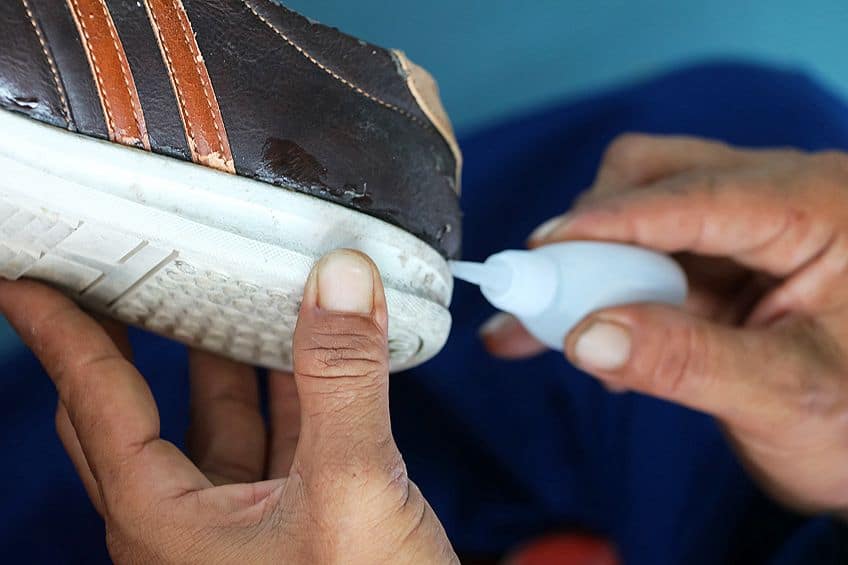
This can be messy if you have a wide surface that needs to be covered and the glue is very runny. Spreading out might be tough if you have a very limited surface to encompass and it is thick and rigid. Assessing the viscosity of the CA glue before administering or purchasing it may save you a significant amount of time, money, and effort.
How to Determine the Best Type of CA Glue for a Specific Project
Consider the type of materials you are bonding and the dimensions of the space to be filled. Another important thing to be considered is the level of adhesion you want and the curing time when selecting CA glue. It is also critical to thoroughly study product packaging and safety information.
Brands and Manufacturers of High-Quality CA Glue Products
There are several brands of CA glue available, and they all perform well, but some have a more favorable reputation than others. According to sales and customer feedback, a few products stand out when it pertains to their tensile strength, capacity to bear external forces, cure periods, and adaptability.
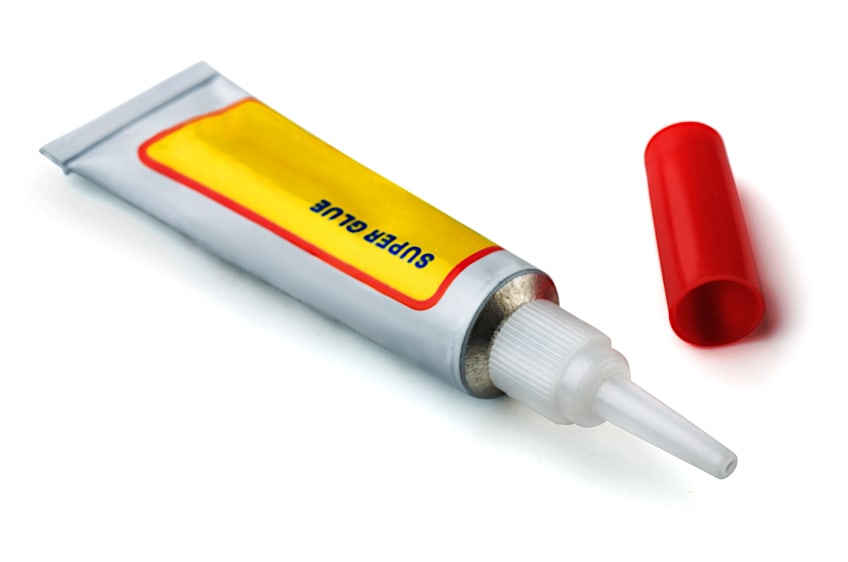
Scotch, Gorilla Glue, and Loctite have a few of the greatest ratings and user reviews of any glue available. All three companies provide a diverse selection of high-quality adhesive products, such as superglue as well as epoxy adhesives.
So, is CA glue superglue? We have answered this question and so much more above but to summarize, it is fundamentally an incredibly strong adhesive that uses air moisture to bond to a surface. This adhesive has proven to be one of the best for a variety of uses, and you will be able to get creative and use it for so much more! However, CA glue can be extremely difficult to remove from your skin, so be careful when using it. We wish you luck as you take on new challenges with this powerful adhesive.
Frequently Asked Questions
What Is Cyanoacrylate?
Coming from ethyl cyanoacrylate, cyanoacrylate is an ingredient that can be found in a family of strong adhesives that are designed to be used in households, as well as in the medical and industrial sectors. Cyanoacrylates are commonly referred to as superglues, which is a generic term for the type of product that it is.
What Is CA Glue?
CA (cyanoacrylate) glue consists of a variety of fast-acting glue products. These glues are incredibly strong and need water to bond to a surface. Due to their mild toxicity, it is best to avoid contact with the skin unless it is a medical-grade adhesive.
Is CA Glue Superglue?
No, it is not; however, superglue is made of cyanoacrylate. There are particular types of CA glue that are generally labeled as superglue, but it is very important to note that Superglue is a registered product of Loctite and is a specific variation of cyanoacrylate.

I have been into woodworking since 2005 and woodturning since 2011. Because of my love for wood and woodworking, I started woodhappen.com to teach other enthusiasts about how to finish and seal wood, the best woodworking tools, the different types of wood, and everything else related to woodworking! Read more about me here.

